Born in Neuendorf, Germany in 1904, Egon Eiermann was a prominent architect and industrial designer whose work defined the second modernity movement and continues to define modern German furniture design.
From 1923 to 1927, Eiermann studied architecture at the Technical University of Berlin, under German architect Hans Poelzig (1869-1936). Shortly after, Eiermann worked in the building department of Karstadt before he and architect Fritz Jaenecke (1903-1978) opened their own firm. The pair worked together for a few years, designing apartments and residences in and around Berlin, before parting ways in 1934. Between 1934 and 1938, Eiermann was hired by Grieneisen to design not only buildings and interiors, but to redesign the German company’s whole brand too. He continued to work as an architect throughout the Second World War, designing buildings for the Nazi government.
In 1947, he joined the faculty of architecture at Karlsruhe University where he developed steel frame construction methods. During various trips to the United States between 1950 and 1956, Eiermann met many luminaries like Walter Gropius, Marcel Breuer, and Ludwig Mies van der Rohe, whose influence can be seen in Eiermann’s designs. His architectural repertoire includes St Matthew’s Church in Pforzheimer (1951-1953)—an exemplar of postwar modernism and a model for modernist architects; its architectural successor and the most famous of Eiermann’s projects, the Kaiser Wilhelm Memorial Church in Berlin (1959-63); the West German pavilion at the Brussels World Exhibition (1958) with fellow German architect-designer Sep Ruf (1908-1982); the West German embassy in Washington, D.C. (1958-64); a building for the German Parliament in Bonn (1965-1969); the IBM headquarters in Stuttgart (1967-1972); and the Olivetti buildings in Frankfurt (1968-72).
In 1948, Eiermann created a collection of chairs that combined bentwood with tubular steel for Wilde & Spieth, a company that had until that point focused solely on the production of shutters. This fruitful collaboration created the three-legged SE 42 Chair (1949); the SE 68 Desk Chair (1951); the E 10 Wicker Chair (1952); the SE 18 Folding Chair (1952) which awarded the Good Design Award in 1953; the S 319 Folding Table (1952); and the SE 119 Church Chair (1958)—which was designed to be used in St. Matthew’s Church in Pforzheim, but was also used the same year in the dining room of the German Pavilion at the World’s Fair in Brussels.
Having solidified his claim as both an architect and an industrial designer, in 1968 Eiermann was the recipient of The Grand Prize of the BDA (Federation of German Architects), and Germany’s Grand Order of Merit. Eiermann passed away in 1970 at the age of 65.

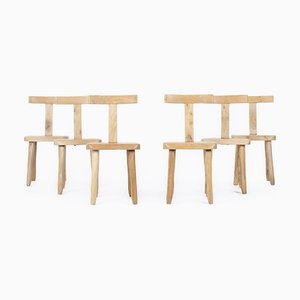

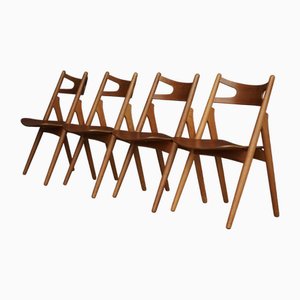

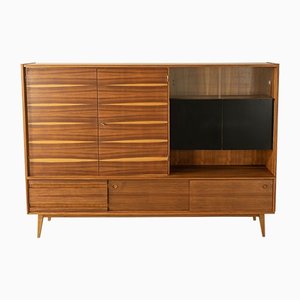

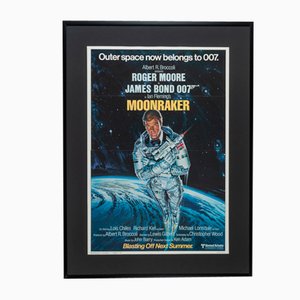
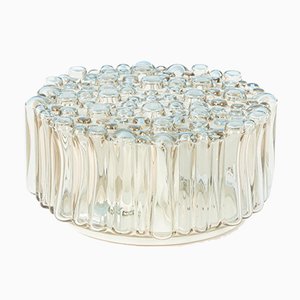
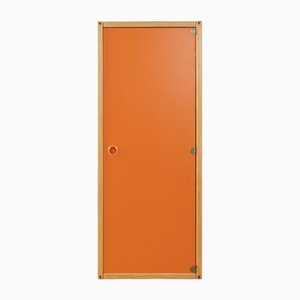

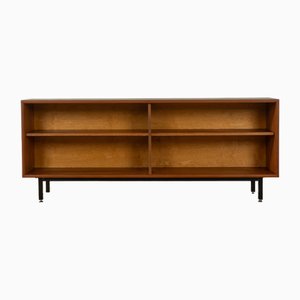





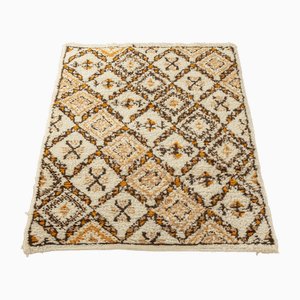
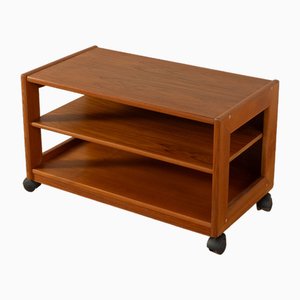





Get in Touch
Make An Offer
We noticed you are new to Pamono!
Please accept the Terms & Conditions and Privacy Policy
Get in Touch
Make An Offer
Almost There!
To follow your conversation on the platform, please complete the registration. To proceed with your offer on the platform, please complete the registration.Successful
Thanks for your inquiry, someone from our team will be in touch shortly
If you are a Design Professional, please apply here to get the benefits of the Pamono Trade Program